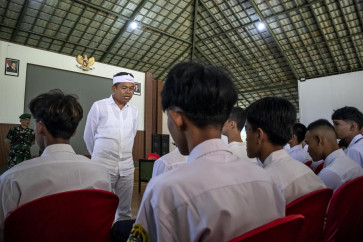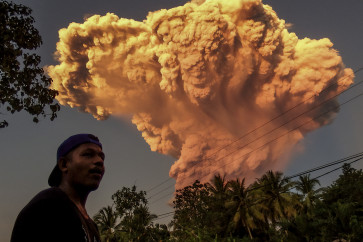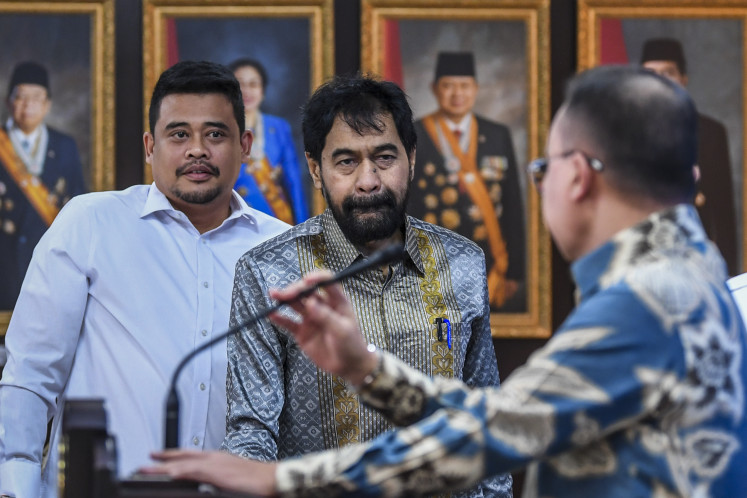Popular Reads
Top Results
Can't find what you're looking for?
View all search resultsPopular Reads
Top Results
Can't find what you're looking for?
View all search resultsMuseum Week to highlight spice trail
Illustration
Change text size
Gift Premium Articles
to Anyone
 Illustration. (jalurrempah.com) (jalurrempah.com)
Illustration. (jalurrempah.com) (jalurrempah.com)
Illustration. (jalurrempah.com)
The Indonesia Museum Foundation is set to highlight the history of spice in Indonesia in its third Museum Week event at the National Museum in Central Jakarta on Oct. 18-25.
According to the foundation's content director Hani Fibianti, the theme "Jalur Rempah" (spice trail) was chosen to recall the important role of the spice trade, which shaped the world today and affected the archipelago's culture and civilization.
During a recent media workshop, historian J.J. Rizal said that the vast variety of Indonesian spices had been the most sought after commodity in the era of the Sriwijaya and Majapahit kingdoms. Even before Islam entered the archipelago, spices were the most coveted product by many kingdoms and nations around the globe.
Although widely known as the silk road, or the ancient network of trade and cultural transmission that connected the West and the East through merchants, pilgrims and seafarers, the main commodity being traded at the time was spices, not silk.
'According to history, the more appropriate name is spice trail instead of silk road,' said Rizal.
He further explained that around 188 types of spices had been transported and traded from Indonesian regions such as Ternate, Tidore, and Bacan to Europe, Persia, Arab countries and Egypt.
'It is important for us to acknowledge historical perspectives regarding the spice trade. Indonesia has played a major role in changing the world during the spice trade era,' said Rizal.
According to anthropologist Rusmin Tumanggor, one of the most popular traded spices was camphor, which originated from a small port town named Barus in North Sumatra.
Rusmin said that Indonesians had been using camphor for more than 2,000 years. In fact, historical scripts mentioned camphor in several languages including Sanskrit and Hebrew.
'Unfortunately, the species of camphor tree that came from Barus is rarely found today. It started to diminish due to the lack of efforts to cultivate and preserve it,' said Didiek Setiabudi Hargono from the Indonesia Botanical Garden Foundation.
Various interesting spice-related events are set to be held during the event starting from Oct. 18 including dining experiences, botanical exhibitions, seminars and fun activities for kids with ticket prices of only Rp 5,000 (less than US$1). (kes)








